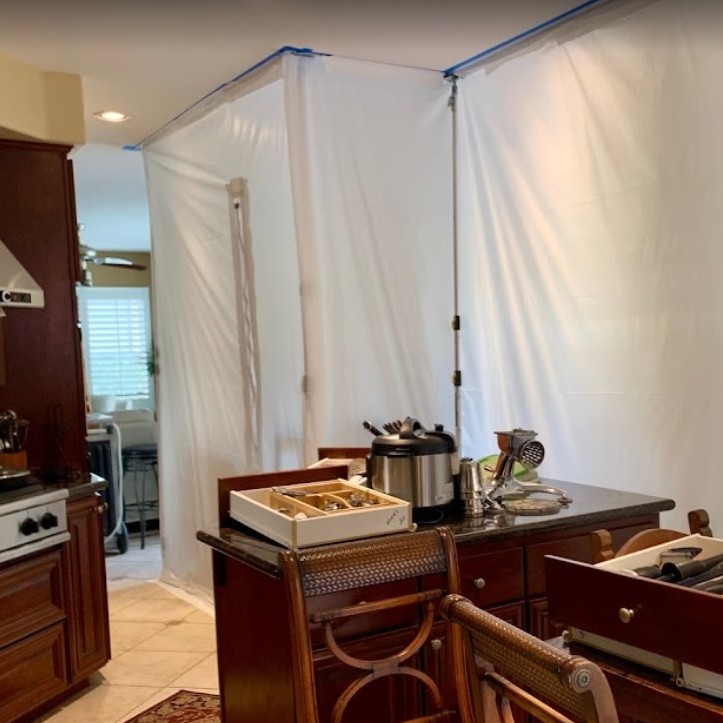Invigorating Your Room: The Ultimate Overview to Water Damages Remediation
Are you dealing with water damages in your space? From identifying the indicators of water damage to repairing and stopping future damages, we'll stroll you with each step.
Recognizing the Indicators of Water Damages
If you see blemished wall surfaces or notice a mildewy smell, it's most likely a sign of water damages. Water damage can happen in numerous types, and it's vital to be able to determine the indicators early on to avoid more degeneration. By being vigilant and identifying these indicators, you can take the necessary steps to attend to water damage and restore your room to its former glory.
Analyzing the Level of the Damage
Analyzing the level of damages can aid determine the required steps for reconstruction. When water damages takes place, it is important to thoroughly assess the circumstance to comprehend the range of the damage. Begin by examining the impacted areas, such as walls, ceilings, floors, and furniture. Look for noticeable indicators of water damage, such as discoloration, bending, or mold and mildew growth. Use your hands to feel for any wetness or soft qualities in the materials. It is also essential to check for hidden damages, such as behind walls or under floor covering. This can be done making use of moisture meters or infrared electronic cameras to detect any moisture that might not be noticeable to the naked eye.
Once you have evaluated the extent of the damages, you can identify the necessary actions for restoration. If the damages is minimal and constrained to a little location, you may have the ability to deal with the reconstruction procedure yourself. Nevertheless, if the damages is substantial or involves architectural elements, it is advised to seek specialist help. Reconstruction professionals have the competence and tools to efficiently reduce the damages and restore your area to its pre-damaged problem.
Eliminating Standing Water and Drying the Room

Once you have extracted as much water as possible, it's time to focus on drying out the space. Open up windows and doors to increase air movement and air flow. Use fans and dehumidifiers to quicken the drying process. mold remediation La Mesa CA. Placement them strategically, routing the airflow in the direction of the damp areas. If the weather allows, think about making use of natural sunshine to aid in drying out.
Screen the moisture levels and dampness content on a regular basis. Invest in a wetness meter to accurately evaluate the progression. Drying out Click This Link a space may take numerous days or even weeks, depending on the degree of the water damages.
Fixing and Restoring Broken Frameworks and Materials
You can start fixing and restoring broken frameworks and materials by assessing the degree of the damages. Take a cautious take a look around your room and identify any type of areas that have actually been influenced by the water. This could include wall surfaces, floorings, ceilings, furnishings, and any kind of various other items that have been subjected to water (mold remediation La Mesa CA). Focus on indications of bending, staining, or mold and mildew development. As soon as you have a clear understanding of the damages, you can start the reconstruction procedure.
Begin by eliminating any type of wet or damaged materials. This may involve removing wet drywall, getting rid of waterlogged carpet, or discarding wrecked furnishings. Be certain to put on safety gear, such as gloves and a mask, to prevent contact with any potentially harmful substances.
Next, thoroughly dry the room to stop more damages and the growth of mold. Usage followers, dehumidifiers, and open windows to promote air movement and quicken the drying process. It is very important to resolve any type of sticking around dampness to avoid future problems.
After the room is totally dry, you can start fixing and changing damaged products. This may involve patching openings in the wall surfaces, refinishing timber floors, or repainting surface areas. If necessary, speak with experts to make sure proper repairs basics and reconstruction.
Preventing Future Water Damages and Maintaining a Healthy And Balanced Area
Once the space is entirely dry, it is essential to take steps to stop future water damages and maintain a healthy and balanced environment. Begin by dealing with any underlying concerns that may have triggered the water damages to begin with. Examine for leaking pipelines, defective pipes, or poor drainage systems. Repairing these problems will aid prevent future water damage and guarantee the long life of your space.
Next, think about how to fix water damage setting up a sump pump or a back-up generator to safeguard your room throughout hefty rainstorms or power blackouts. These measures will assist protect against water buildup and potential damage to your residential or commercial property. In addition, ensure to routinely examine and preserve your rain gutters and downspouts. Remove any debris that may block the flow of water and create it to overflow.

Conclusion
Finally, you have now discovered the best overview to water damage repair. By determining the indicators of water damages, evaluating the extent of the damage, getting rid of standing water, and repairing and restoring broken structures, you can rejuvenate your area. Remember to take preventative procedures to avoid future water damage and keep a healthy living setting. With these steps, you can with confidence recover your space and guarantee its long life. So go on, take on that water damage and produce a lovely and secure space once more.